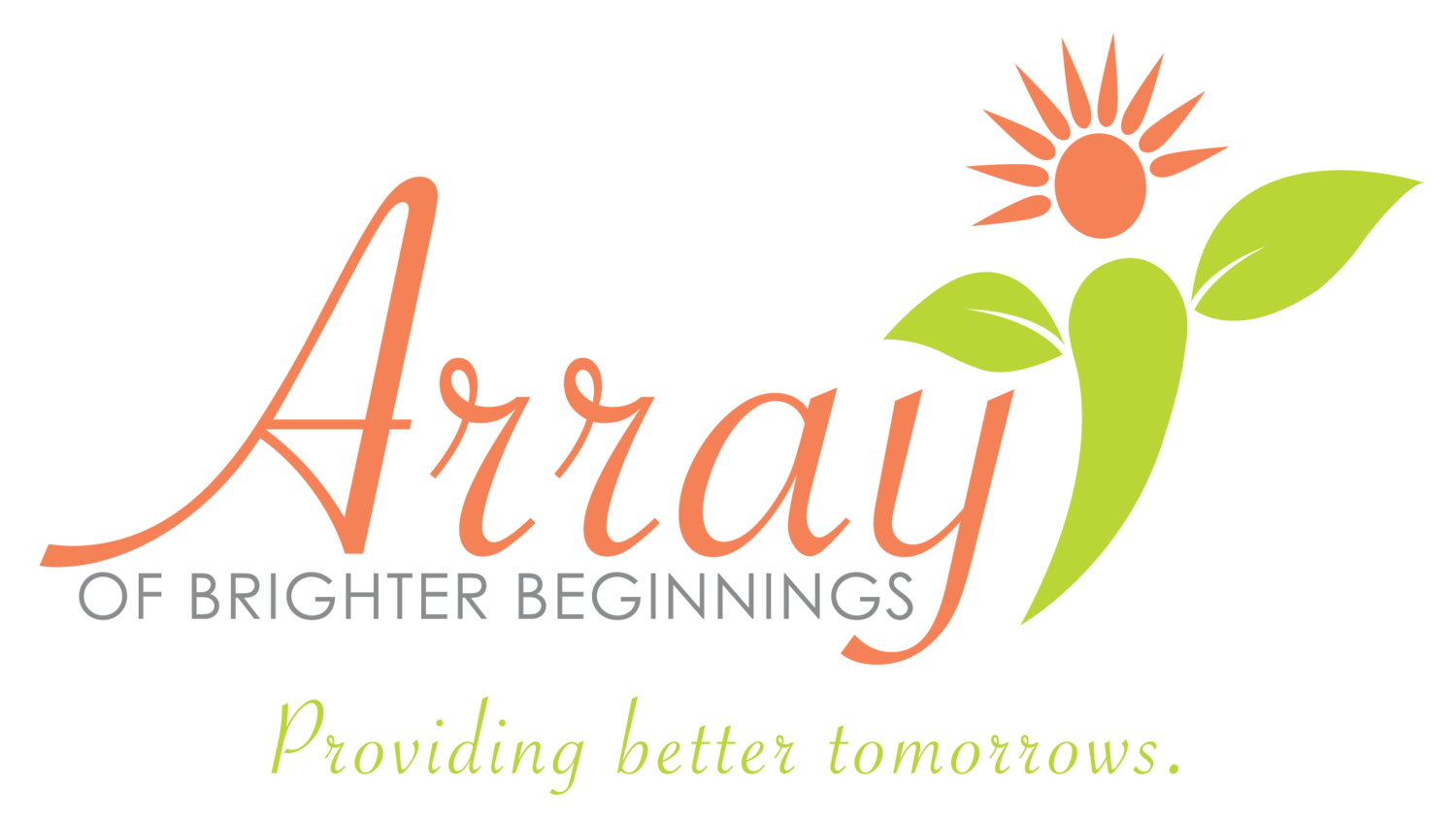Attention Deficit Hyperactivity Disorder (ADHD, ADD)
Inattention: means a person wanders off task, lacks persistence, has difficulty sustaining focus, and is disorganized; these problems are not due to defiance or lack of comprehension.
Hyperactivity: means a person seems to move about constantly, including in situations in which it is not appropriate; or excessively fidgets, taps, or talks. In adults, it may be extreme restlessness or wearing others out with constant activity.
Impulsivity: means a person makes hasty actions that occur in the moment without first thinking about them and that may have high potential for harm; or a desire for immediate rewards or inability to delay gratification. An impulsive person may be socially intrusive and excessively interrupt others or make important decisions without considering the long-term consequences.
Signs and Symptoms
Inattention and hyperactivity/impulsivity are the key behaviors of ADHD. Some people with ADHD only have problems with one of the behaviors, while others have both inattention and hyperactivity-impulsivity. Most children have the combined type of ADHD.
In preschool, the most common ADHD symptom is hyperactivity.
It is normal to have some inattention, unfocused motor activity and impulsivity, but for people with ADHD, these behaviors:
are more severe
occur more often
interfere with or reduce the quality of how they functions socially, at school, or in a job
Inattention
People with symptoms of inattention may often:
Overlook or miss details, make careless mistakes in schoolwork, at work, or during other activities
Have problems sustaining attention in tasks or play, including conversations, lectures, or lengthy reading
Not seem to listen when spoken to directly
Not follow through on instructions and fail to finish schoolwork, chores, or duties in the workplace or start tasks but quickly lose focus and get easily sidetracked
Have problems organizing tasks and activities, such as what to do in sequence, keeping materials and belongings in order, having messy work and poor time management, and failing to meet deadlines
Avoid or dislike tasks that require sustained mental effort, such as schoolwork or homework, or for teens and older adults, preparing reports, completing forms or reviewing lengthy papers
Lose things necessary for tasks or activities, such as school supplies, pencils, books, tools, wallets, keys, paperwork, eyeglasses, and cell phones
Be easily distracted by unrelated thoughts or stimuli
Be forgetful in daily activities, such as chores, errands, returning calls, and keeping appointments
Hyperactivity-Impulsivity
People with symptoms of hyperactivity-impulsivity may often:
Fidget and squirm in their seats
Leave their seats in situations when staying seated is expected, such as in the classroom or in the office
Run or dash around or climb in situations where it is inappropriate or in teens and adults, often feel restless
Be unable to play or engage in hobbies quietly
Be constantly in motion or “on the go,” or act as if “driven by a motor”
Talk nonstop
Blurt out an answer before a question has been completed, finish other people’s sentences, or speak without waiting for a turn in conversation
Have trouble waiting his or her turn
Interrupt or intrude on others, for example in conversations, games, or activities
Risk Factors
Scientists are not sure what causes ADHD. Like many other illnesses, a number of factors can contribute to ADHD, such as:
Genes
Cigarette smoking, alcohol use, or drug use during pregnancy
Exposure to environmental toxins during pregnancy
Exposure to environmental toxins, such as high levels of lead, at a young age
Low birth weight
Brain injuries
ADHD is more common in males than females, and females with ADHD are more likely to have problems primarily with inattention. Other conditions, such as learning disabilities, anxiety disorder, conduct disorder, depression, and substance abuse, are common in people with ADHD.
Treatment and Therapies
While there is no cure for ADHD, currently available treatments can help reduce symptoms and improve functioning. Treatments include medication, psychotherapy, education or training, or a combination of treatments.

